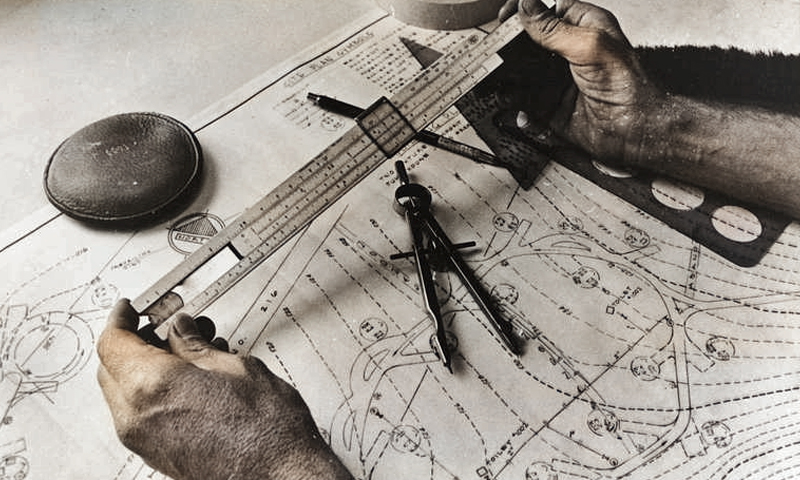
The Slide Rule
When a football commentator uses the term “a slide rule pass”, what is meant is that the ball was kicked with great accuracy, sometimes through a narrow gap, to a running team-mate’s feet. Even though electronic calculators superseded the slide rule in the 1970s, its great importance in mathematics over the previous 350 years has thereby left at least one cultural imprint.
In fact, the engineering feats behind the Industrial Revolution, including James Watt’s steam engine, would have been impossible without this tool to achieve solutions to complex equations quickly. A succession of at least ten Britons devised and developed it, so that by the mid-1800s there were 40 different versions of the slide rule, including a spiral one. Thereafter, other countries, and plastic, took it on.
Notable among the Britons are John Napier (1550-1617), who invented logarithms and Napier’s Bones in 1617, followed by Edmund Gunter (1581-1626) who invented logarithmic scales for use with calipers in 1620. The big name is William Oughtred (1574-1660) with his invention of a circular slide rule with two scales c.1622 and one for calculating excise duty on ale, wine and spirits in 1633. Other scales were gradually added and other uses applied, including Henry Coggeshall’s (1623-90) slide rule specifically for carpenters in 1677.
(Image of slide rule in use in 1966: U.S. Department of Agriculture Forest Service at picryl.com / Public domain)
